The Complete Guide to Water Purification Systems for Eco-conscious Travelers
Traveling the world brings with it a sense of adventure and revelation, but for the environmentally mindful traveler, it also presents the duty of protecting our precious ecosystems. As we embark on journeys to explore wild landscapes, hidden gems, and vibrant cultures, the need for clean, safe drinking water becomes paramount—especially in regions where tap water may be unreliable or contaminated. Enter the realm of water purification systems: a vital companion designed not only to safeguard your health but also to minimize your ecological footprint. In this comprehensive guide, we delve into the various options available for eco-conscious travelers, highlighting innovative technologies, sustainable practices, and essential tips to ensure that every drop you consume not only nourishes your body but also honors the planet. Join us as we navigate the fluid world of water purification, empowering you to quench your thirst while treading lightly on the Earth.
Understanding Water contamination Risks for Global Travelers
For global travelers,understanding the potential risks of water contamination is crucial to ensure a safe and healthy journey. Different regions present unique challenges, influenced by local infrastructure, environmental conditions, and cultural practices. Travelers may encounter biological contaminants, such as bacteria and viruses, alongside chemical pollutants from industrial activities or agricultural runoff.These contaminants can lead to illnesses ranging from mild gastrointestinal upset to severe infectious diseases, making it essential to stay informed and proactive.
When planning your travels, consider the following factors that contribute to water contamination risks:
- Location: some destinations have higher rates of contamination due to inadequate sanitation and waste management.
- Weather conditions: Heavy rainfall and flooding can introduce pathogens into freshwater supplies.
- Local practices: Unregulated disposal of chemicals and improper sewage treatment can exacerbate risks.
To equip yourself for safe hydration, travelers are encouraged to use reliable water purification systems, such as portable filters or UV sterilization devices. This enables you to access clean water no matter where your adventures take you.

Evaluating Different Types of water Purification Technologies
When it comes to selecting the right water purification technology, eco-conscious travelers should consider various options that not only ensure clean drinking water but also minimize environmental impact. Several types of water purification systems exist, each with its unique advantages and drawbacks. Activated carbon filters are popular for their ability to remove chlorine, sediment, and volatile organic compounds (VOCs) while improving taste and odor. However, thay may not eliminate all pathogens or heavy metals. UV purification systems, conversely, efficiently neutralize bacteria and viruses using ultraviolet light, making them ideal for situations where biological contaminants are a concern, but they do require electricity or batteries. Another option is reverse osmosis, a highly effective method that removes a wide array of impurities, including dissolved salts and heavy metals, though it generates wastewater and can be less sustainable.
Additionally, portable filtration systems, including ceramic filters and gravity-fed systems, are tailored for on-the-go travelers. Ceramic filters with their fine pores can effectively trap bacteria and protozoa, while gravity-fed systems allow for passive filtration, saving energy and ensuring safety. Another innovative choice is spray purification, which utilizes chemical agents like iodine or chlorine dioxide to disinfect water quickly and effectively. Here’s a simple comparison table of these technologies:
| Technology | Pros | Cons |
|---|---|---|
| Activated Carbon | Improves taste Reduces chlorine |
Limited pathogen removal |
| UV Purification | Effective against pathogens No chemicals used |
Requires power |
| Reverse Osmosis | Removes heavy metals Highly effective |
Generates wastewater |
| Ceramic Filters | Effective against bacteria No electricity needed |
Slower filtration rate |
| Gravity Fed | Low maintainance Portable |
Filtration speed |

Essential Features to Look for in Eco-Friendly Water Filters
When selecting an eco-friendly water filter, consider the filtration technology employed. Sustainable options like ceramic filters, activated carbon, and reverse osmosis systems are designed to effectively eliminate contaminants while remaining environmentally responsible. Additionally, determine whether the filter uses renewable energy sources, such as solar power, which not only reduces carbon emissions but also increases portability for travelers. Look for products that feature replaceable cartridges to minimize waste, ensuring that each component can be recycled or replaced without discarding the entire unit.
Another crucial aspect is the certifications that verify the filter’s performance and safety. Look for filters that meet standards set by organizations such as the NSF or the Water Quality Association, ensuring you receive reliable and non-toxic water purification. Moreover, prioritize products manufactured with sustainable materials, such as BPA-free plastics or biodegradable components. consider the compactness and weight of the filter; lightweight options make it easier to carry on your travels while also contributing to a lesser carbon footprint.

Top Sustainable Brands for On-the-Go Water Purification
when it comes to staying hydrated while being environmentally responsible, several brands stand out for their commitment to sustainability and efficient water purification systems. LifeStraw, known for its innovative straw filter system, offers portable solutions that allow travelers to drink directly from water sources without harmful bacteria or parasites. This brand emphasizes renewable materials and a mission to provide safe drinking water globally. Another noteworthy option is Grayl, whose sleek and compact water purifiers enable eco-conscious adventurers to filter out contaminants in minutes, all while using responsibly-sourced materials. Both brands are designed with portability and ease of use in mind,making them ideal companions for any journey.
For those looking to invest in sustainable systems, SteriPEN utilizes UV-C light technology to purify water, effectively killing bacteria and viruses without the use of chemicals. Their reusable systems reduce the reliance on single-use plastic bottles, aligning perfectly with green travel practices. Similarly, Klean Kanteen offers an array of insulated bottles equipped with filtration options to ensure clean, great-tasting water on the go. Each of these brands not only prioritizes the user experience but also focuses on reducing environmental impact, making them exceptional choices for eco-conscious travelers.
The Conclusion
As we journey through the landscapes of our planet, nurturing a connection with nature while preserving its beauty becomes more crucial than ever. The choice to invest in a reliable water purification system is not just a personal health decision; it embodies a deeper commitment to sustainability and eco-conscious travel. Armed with the information and insights shared in this guide, you can make informed choices that not only protect your well-being but also safeguard the surroundings for future generations.
by filtering the water you consume, you minimize your ecological footprint, reduce plastic waste, and embrace a lifestyle that respects the delicate balance of our ecosystems. So, as you embark on your next adventure, remember that every sip matters. With the right water purification system in hand,you can hydrate responsibly while exploring the wonders of our world. Here’s to not just being travelers, but stewards of the earth—may your journeys be enriching, your waters pure, and your impact positive. Safe travels!



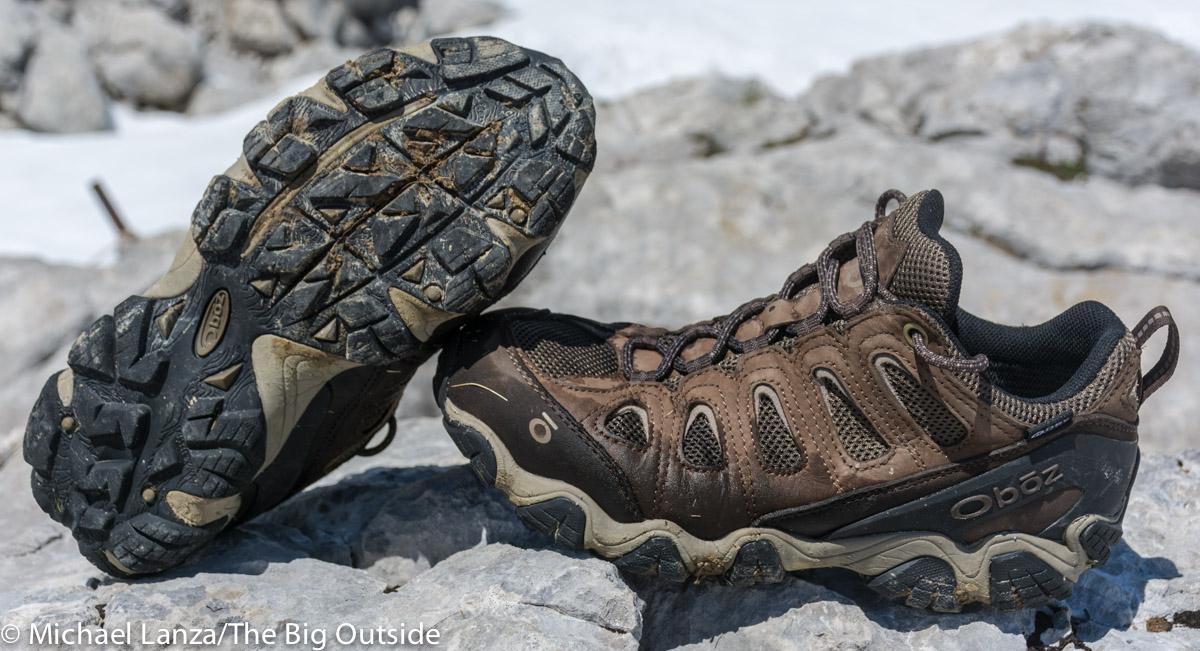
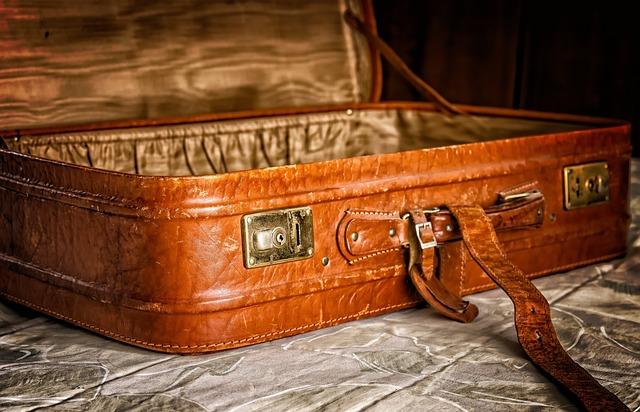
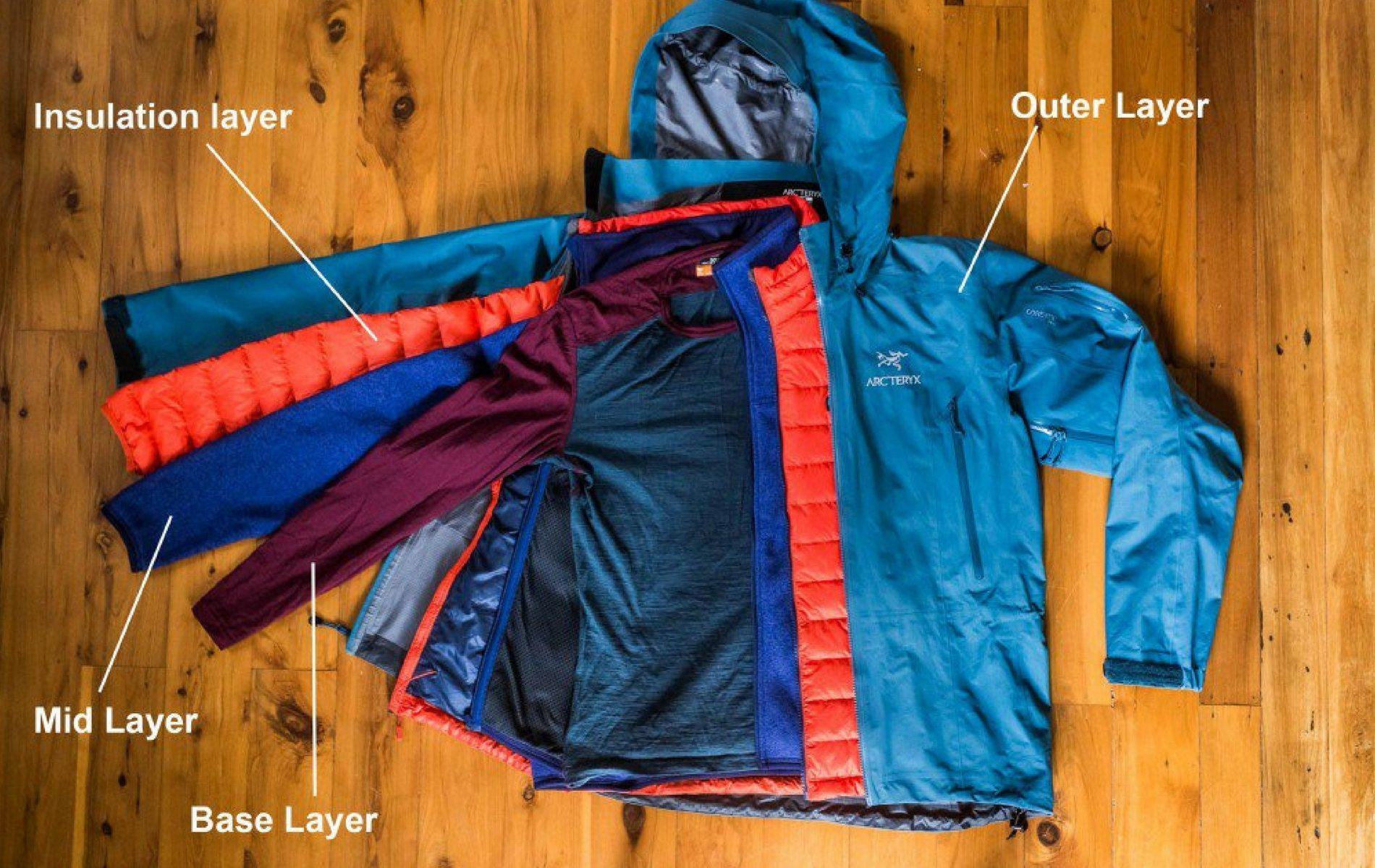
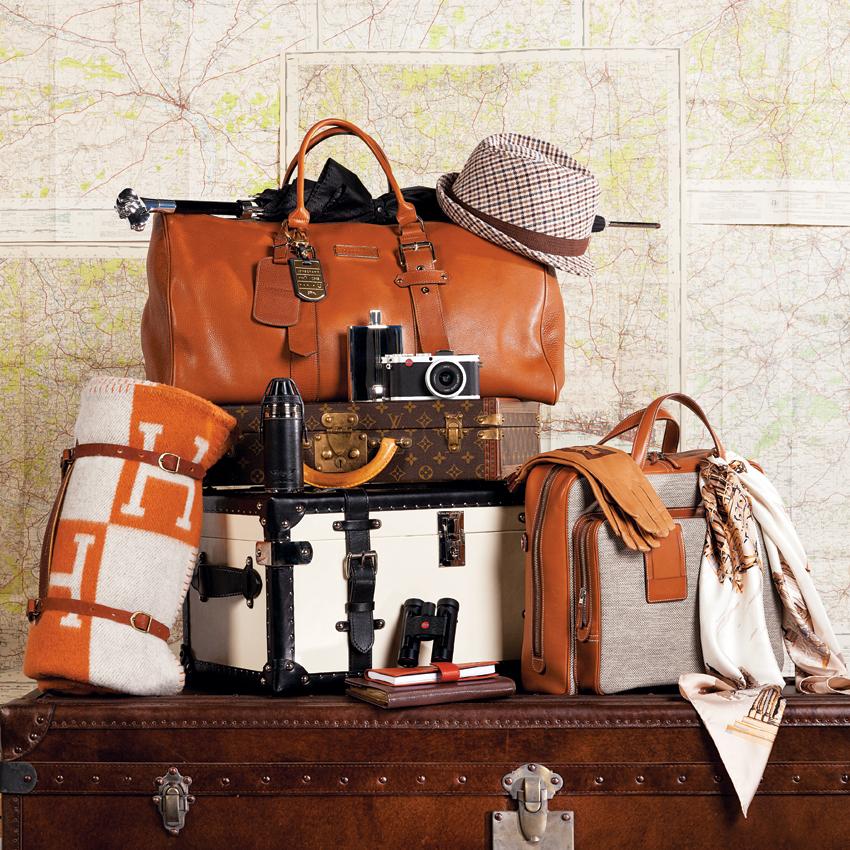
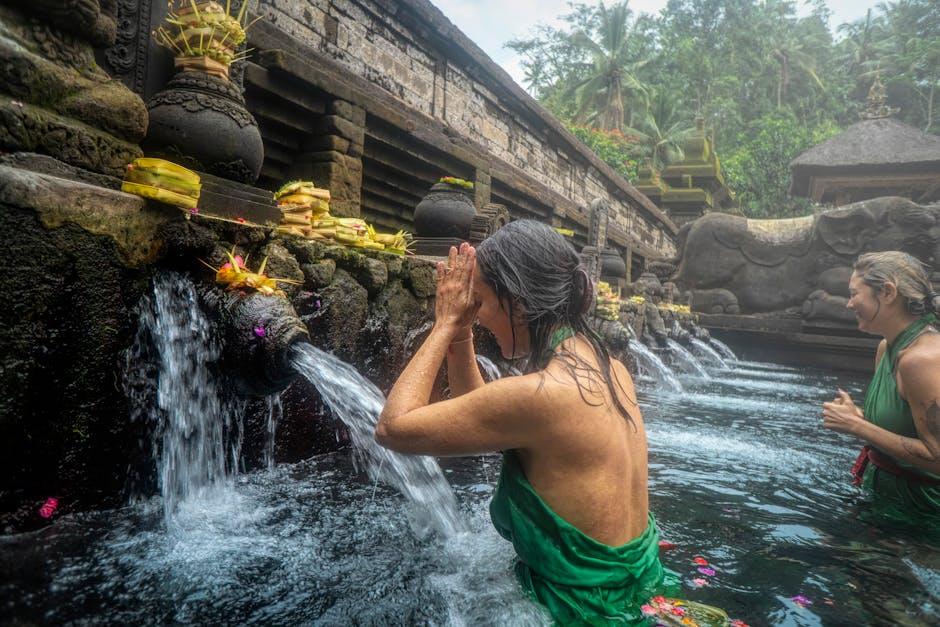




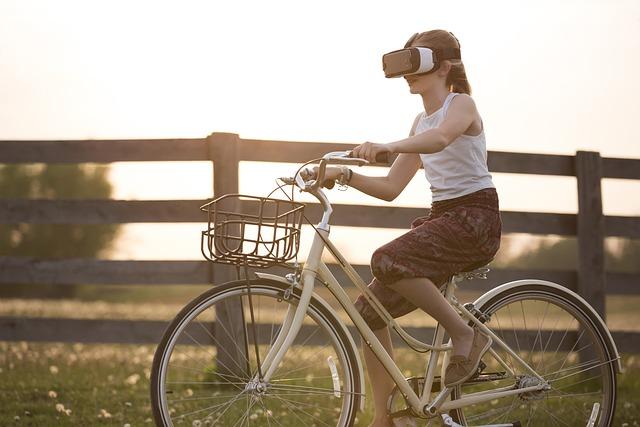
Leave feedback about this